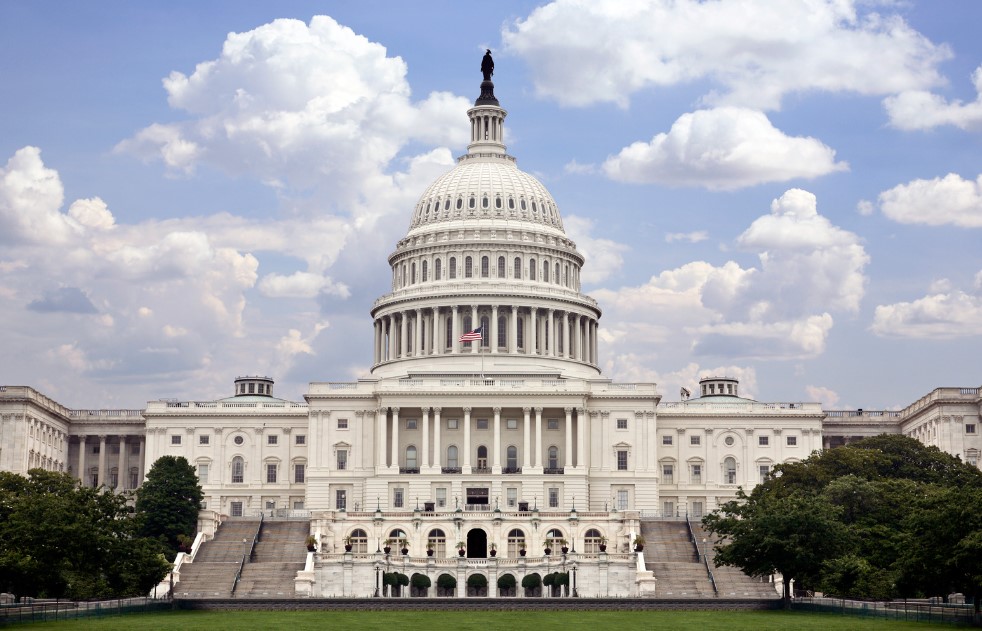The resignation of U.S. President Joe Biden from seeking re-election has further increased uncertainty in an already tumultuous geopolitical landscape for this year. Therefore, it is important to know the opinions of market leaders on how they expect the path to the national elections to unfold.
Although Vice President Kamala Harris’s candidacy is not fully confirmed, considering that the Democratic convention will be held in mid-August, the politician who has already received support from President Biden seems to be the favorite.
In the improvised selection of candidates that has emerged following Biden’s resignation, Harris is the betting favorite and has gained support from her party members in the last 24 hours. For example, at least 20 governors, 41 senators, and 181 representatives have endorsed Harris, according to a count by the New York Times, and the local press highlights over $81 million in donations for her campaign.
The market eagerly awaits the decision and the first polls on how these changes might affect former President Donald Trump, currently the betting favorite to win.
According to Ray Grenier, CEO of Bolton Global Capital, the Democrats have a better chance of winning with Harris. The head of the independent advisory network noted that with Biden, the chances of winning were very low “due to his evident decline in mental capabilities.”
In that regard, the executive commented that a potential Democratic victory with Harris at the helm—whom he believes has a high chance of being the candidate—would impact the markets in areas such as the expiration of the tax cuts implemented by Trump, the continuation of the green political agenda, and a bias towards increased regulation.
On the other hand, Biden’s resignation could boost former President Trump’s standing in the polls and benefit market sectors that have been anticipating higher chances of a Republican sweep in November, such as the financial and energy sectors, said Saira Malik, CIO of Nuveen.
If the opposite occurs, it could benefit more globally focused areas. In any case, “we expect greater short-term volatility due to this political uncertainty. One thing seems certain: there will be more twists and turns on the political roller coaster in the coming months,” she opined.
Additionally, the wave of weaker-than-expected economic data last week, following the release of lower-than-forecast CPI inflation for June the previous week, increases the likelihood of a rate cut by the Fed, the CIO of the asset manager added.
Portfolio Considerations
With heightened expectations of an early start to the Fed’s rate-cutting cycle, now seems like an especially opportune time to consider extending the portfolio’s duration by shifting some assets from short-term bonds and cash, complemented by allocations to diversified credit exposure, recommends Malik.
This could help investors reduce reinvestment risk, increase income potential, and provide a cushion against rate volatility. And with real yields—nominal yields minus taxes and inflation—in cash equivalents, investors might find sectors offering real yields and total return potential much more attractive than cash if U.S. Treasury yields decrease from here, as we forecast, concludes the Nuveen report.



